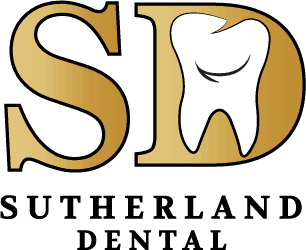It is highly recommended that you floss your teeth as well as brush your teeth. But how often should you floss your teeth? Did you know that brushing your teeth only cleans 70% of your teeth? This means there is at least 30% of your mouth that may still contain debris and bacteria. Therefore, understanding how often should I floss my teeth is important for strong oral health.
Why You Should Floss Your Teeth
The 30% of your mouth is likely to be areas in your mouth where your toothbrush cannot reach. These are likely to be areas in between teeth where food gets trapped. When food debris remains inside your mouth, it leads to dental plaque build-up, a yellow sticky substance that coats your smile. This would naturally harden into tartar and require a professional clean at the dentist.
Plaque build-up is the first sign of decay. If it isn’t cleaned away, this can impact your gums and lead to gum disease.
When Should I Floss My Teeth?
Those that floss their teeth typically do it after brushing their teeth. The truth is, it doesn’t just have to be performed as part of a morning ritual. You can also floss your teeth at night, so you go to sleep with a clean mouth.
No matter the time of day you floss, it’s recommended that you floss first before brushing your teeth. You want to loosen any food debris and bacteria first before brushing your teeth, so the mouth is kept clean.
How Often Should I Floss My Teeth?
Experts say that flossing three times a day indicates a perfect oral health routine. Although, two times a day minimum is recommended. The objective behind it is to ensure that food debris is kept away from your mouth.
How To Floss Your Teeth
If you’re just starting out flossing your teeth, you’ll want to know the best technique for the best results. Follow these steps to floss your teeth:
- Step 1 – You’ll need to break off a minimum of 1 foot of floss film
- Step 2 – Wrap the floss around the index fingers on both hands, and then place your thumbs gently down so you can hold and stretch the floss gently.
- Step 3 – Place the flossing film in between the gaps of your teeth, leaving a gap from your gums, and gently floss back and forth until the gap is clean.
- Step 4 – Repeat the steps within all gaps of your teeth
- Step 5 – Dispose of the flossing film safely
When flossing your teeth, it is important that you do not irritate the gums because this can lead to sensitivity, inflammation, or even blood.
Start Flossing Today…
Flossing should be considered a key part of your oral routine. Flossing helps to reduce any chances of tooth decay, which requires expensive treatment. For a clean and healthy smile, start flossing every day.
If you need further support with flossing your teeth and if you want to learn more about how often should I floss my teeth, consult your dentist.



